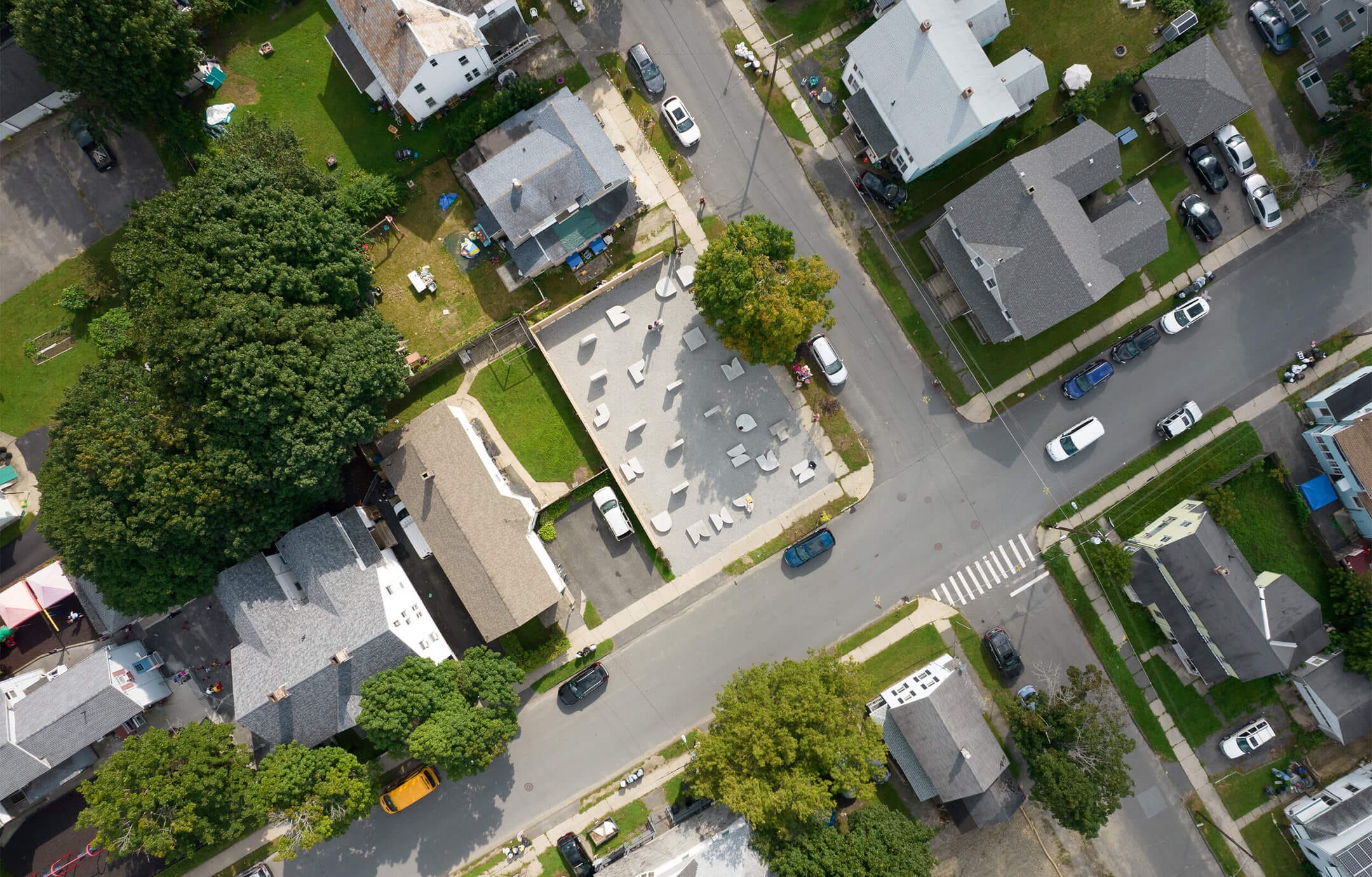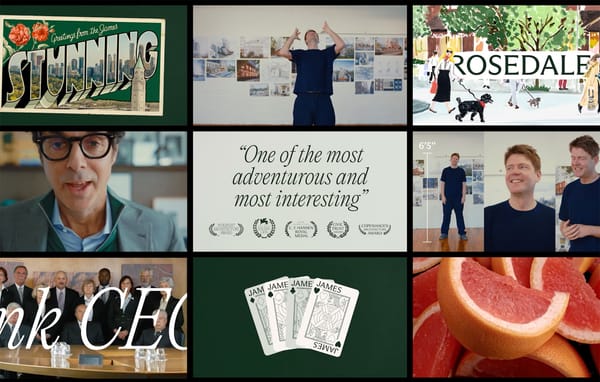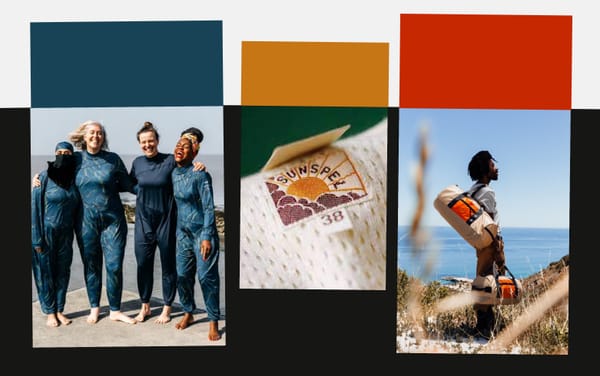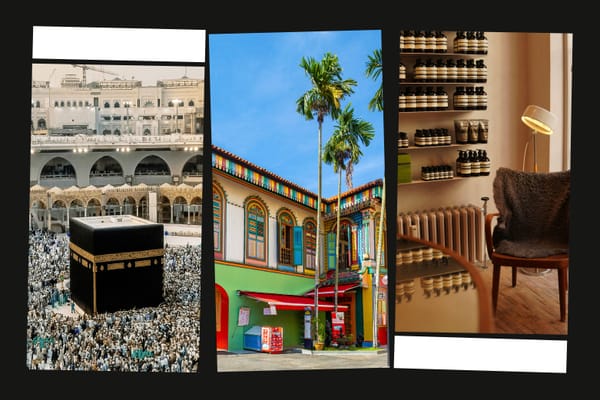West Side Stories
Architects Tessa Kelly and Chris Parkinson of Group AU on working collaboratively to nudge Pittsfield, MA, in more community-responsive directions
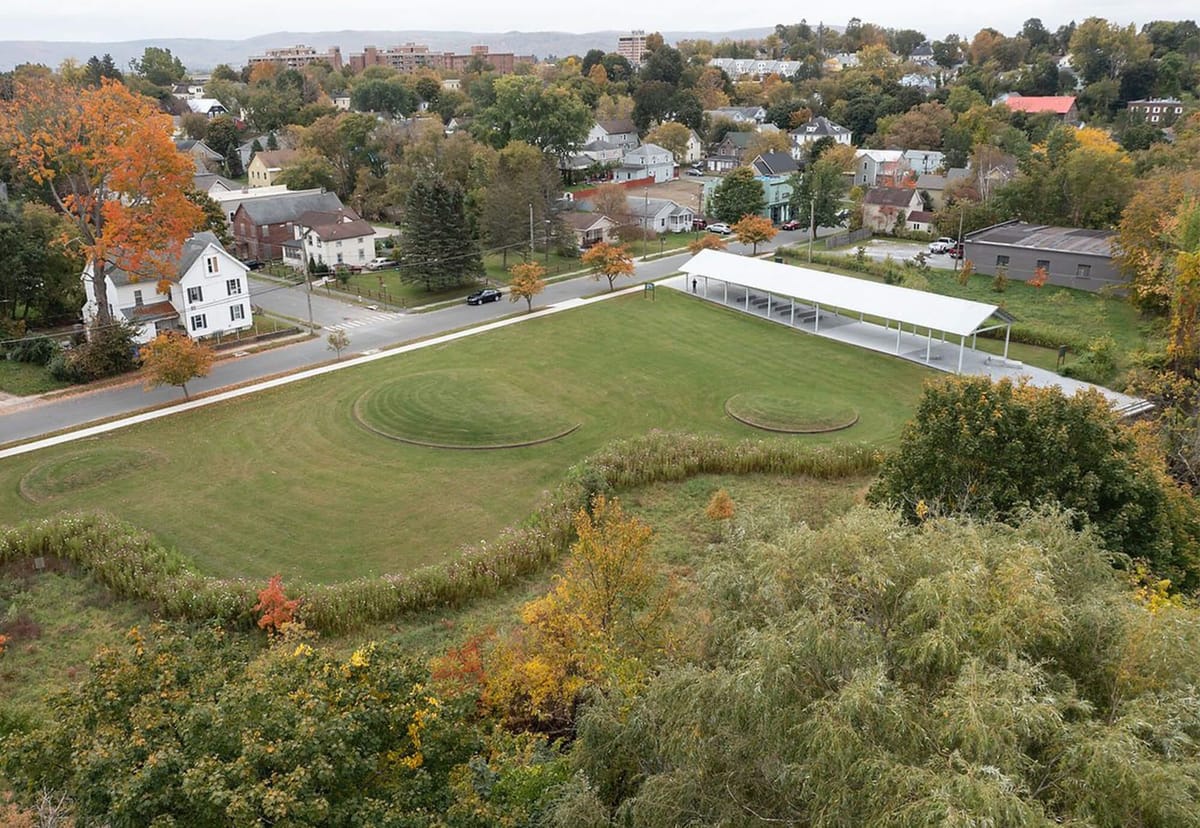
In this conversation, architects Tessa Kelly and Chris Parkinson of Group AU discuss the collaborative nature of their work, including community-focused and -responsive projects in Pittsfield, Massachusetts. The firm was recently named to Architectural Record’s Design Vanguard 2022 list.
Frontier: The project that launched your firm, The Mastheads, is a series of five mobile writing studios. But the project has now grown to encompass residencies, publishing, public art, and other cultural projects centered on writing and literacy. Can you talk about its genesis and why you keep attending to and nurturing it despite being done with the “design” aspect of it?
Tessa Kelly: I was raised in Pittsfield, where my family has lived for several generations. While growing up, I observed Pittsfield residents and those in surrounding towns offer negative views of what it was, especially views centered around the fact that “nothing was left” after its primary economic engine left in the 1980s.
At the end of architecture school I wanted to explore what a young architect could do in a city without large economic resources. I had been asked throughout my education to imagine large transportation or cultural projects. But I didn’t see my hometown reflected in that kind of speculative thinking. I wondered: what kinds of things could happen in a place like Pittsfield?
I wanted to set the stage for work with manageable budgets, for small physical structures that brought with them larger participatory and programmatic implications for change in the city. The five writing studios are tiny, but they were used to jump-start a larger conversation about renewed interest in and attention to a major part of Pittsfield’s history: its literary heritage.
I never thought it would get built. But once it did, we knew we had to create a cultural awareness to accompany these structures, so we partnered with a local poet, a literary scholar, the public-school district.
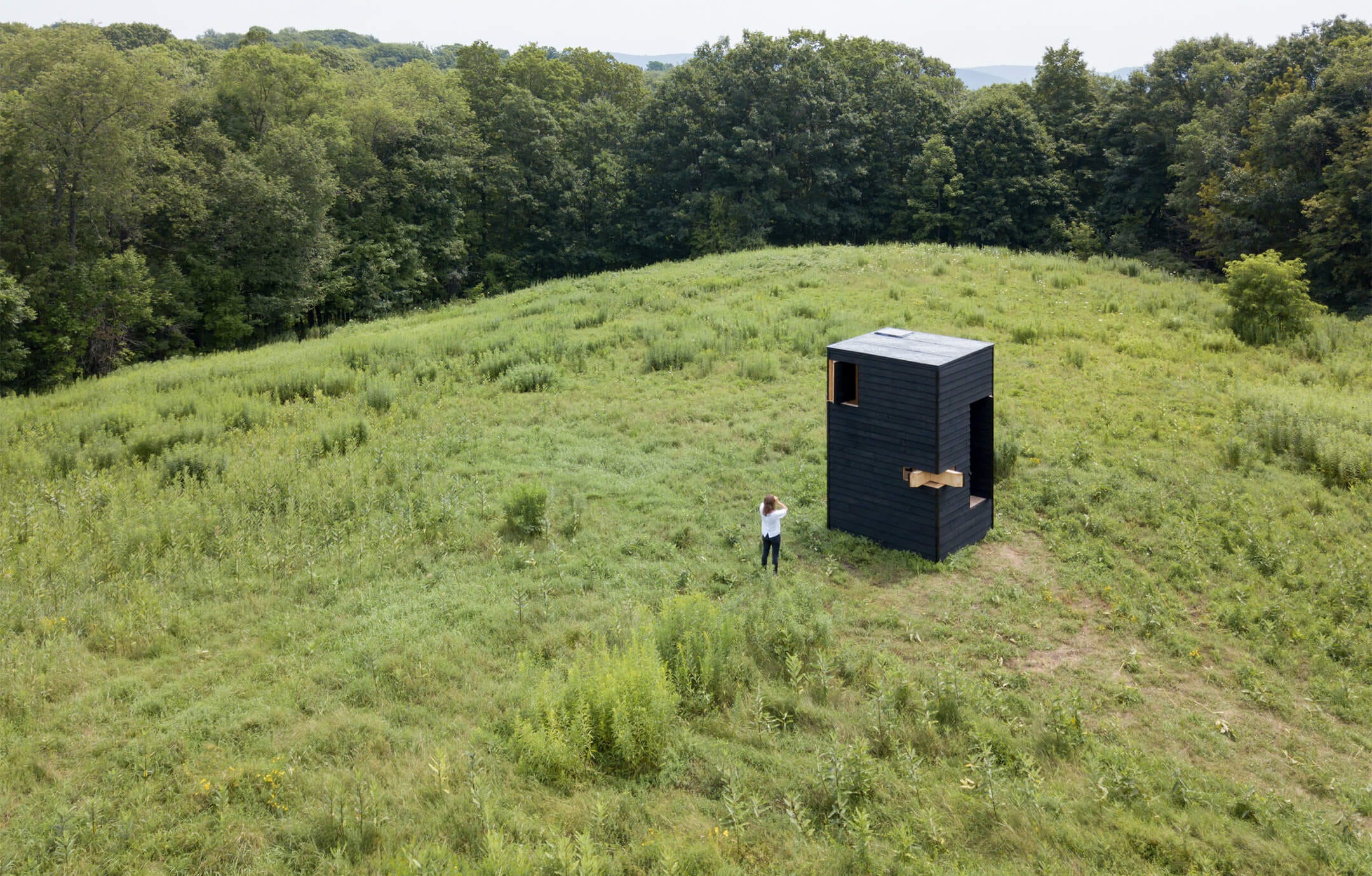
Chris Parkinson: We continue with the project because we want to be involved both before and after the “moment” of architecture, as it’s typically understood. It suits our particular personalities and skill sets, but also, if you distill what architects are generally good at doing, it’s problem-solving to make things happen. We know how to synthesize a diverse range of inputs and create form from that synthesis. Why not increase our scope to include politics, culture, place-making, and other ideas?
It feels powerful to be able to use these skills to serve a post-industrial city with under-served populations. We keep getting better at facilitating for other people—facilitating events, facilitating spaces, facilitating architecture. Tessa spearheaded what became the Westside Riverway Park project and got an NEA engagement grant that helped us to really understand what the neighborhood’s community members needed. That work, before we designed or built anything, helped the park become part of the neighborhood’s story very rapidly.
Frontier: Several years ago you said you were interested in moving away from a model of client-initiated work toward being “an architecture firm that is very much of a given place, in a given time [and] that puts value in our own ability to look at the city and uncover possibilities.” Can you talk about how that idea has evolved?
Kelly: At this point it feels like we have two tracks in our office. One is designing special residential projects for private clients, of which we have eight under way. The other is represented by The Mastheads, Westside Riverway Park, and Alphabet Park: projects that no client in the world would bring us as a brief. Instead, we see the opportunity and bring pieces and people together to make it happen.
We attend public meetings; we go to community events. We know everyone’s priorities, and sometimes a light bulb goes off.
That second track is possible because we are here in, and actively participate in, the community. We attend public meetings; we go to community events. We get monthly updates from this organization or fall into conversation with that person at city hall, so we know everyone’s priorities. And sometimes a light bulb goes off.
Take Alphabet Park. We knew of an investment group that wanted to create a pocket park in this neighborhood. And through The Mastheads we had been working with a nearby school to create poetry programming. When we were approached about doing a park with some benches, we turned around and said, “Why don’t we make it a literary park? We can bring in the Morningside Community School, brainstorm with them about what a literary park entails, put some student poetry on the fence, turn this tiny corner parcel into something that celebrates the neighborhood and the kids who live in it.” A lot of the work we do is about trying to create a sense of ownership and pride among those who are going to use a space.
Frontier: Westside Riverway Park and Alphabet Park are very different from each other yet both address the needs of the neighborhoods. You’ve just discussed Alphabet Park. Can you elaborate on Westside Riverway Park and also suggest what, despite their differences, unites them?
Kelly: The answer to what unites them is twofold: a formal answer and a programmatic answer. The programmatic answer is that in both cases we listened, listened, and listened some more as we tried to zoom in on a specific use case that could drive the design. With Alphabet Park it was the notion of a literary park for kids. On the west side it was creating a space to revive a tradition of block parties. Those programmatic solutions both evolved from lots of pre-design work. Then what unites them formally is our desire to distill all that we learned into something extremely focused and clear. At Alphabet Park we created twelve concrete letters based on a single mold with one repeating radius. At Westside, where the site is huge and the budget was small, we asked how we could build small yet animate the remaining space? That’s where the curving steel edges came in—to create a series of landscape pockets or “rooms” in what was otherwise a flat, grassy expanse. In both cases: find the core of the program, then express it with extreme clarity.
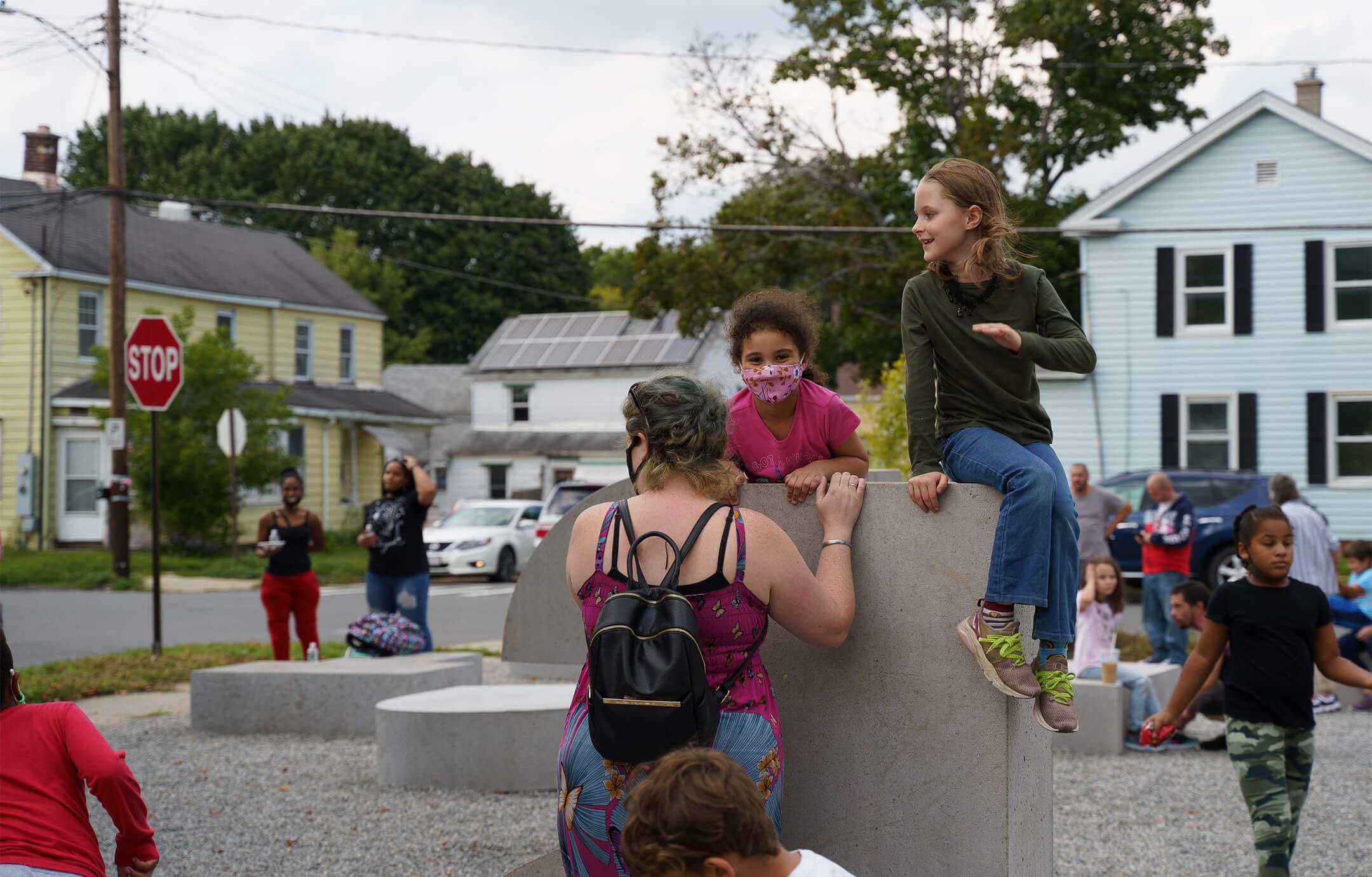
Parkinson: These parks are physical and aesthetic manifestations of networks we are part of. We spent time with the concrete company, working with them to develop something unique based upon their processes and the project budget. The circular forms at Westside arise in part due to soil-management restrictions. The formal expression has to be connected to material realities.
Kelly: Going back to school: I graduated having been taught that houses should be white and maybe there’s some pale wood and some stainless steel. And that it was my job to push that aesthetic on people. But in our residential work, having enjoyed the push-and-pull process of working with clients, it’s been so much more rewarding to keep listening, to keep taking requests, to keep challenging ourselves to say, “OK, let’s take that input and filter it through our process.” We have ended up creating magical spaces that we would never have designed without them—and vice-versa. We’ve now even gone so far as to take on some general-contracting work ourselves. It’s energizing to get input from builders and subcontractors, to fully immerse ourselves in the process.
Frontier: You’ve mentioned some current projects. Can you discuss your work alongside the community group West Side Legends?
Kelly: The West Side Legends is made up of late-career community leaders, neighborhood elders, in a part of Pittsfield that has long had the largest Black population in all of the Berkshires. Even going back nearly two centuries, it was the place immigrants arriving in Pittsfield settled—something that continues to this day. It’s an exciting, multi-ethnic neighborhood, but also one where something like forty percent of the households live under the poverty line.
We met the Legends while working on the park; they are now responsible for its programming, doing four or five major events every summer. Now we’re trying to collaborate on improving conditions on the west side through the creation of new high-quality housing and salvaging historic properties. There is a quirk in the code that might lead to nearly three dozen buildings in the area being torn down, which would leave it pock-marked with vacant lots. So we’re working with the Legends and a local credit union to try and save these threatened buildings, in part through devising a new process with the city for reusing these existing structures.
We take our two kids to these parks. It’s important for them to feel like the city is something that can be shaped.
But we also want to create some multi-family housing. I had students of mine at Williams College design a housing development for one specific lot owned by a local Black church, then present their projects to church leaders, which helped get the church board members on board with selling their parcel of land to the West Side Legends. The Legends are driving the process; we, as architects, and the credit union, as a lender, are doing what we can to support and enable their vision.
We spend time in these places here in Pittsfield. We take our two kids to these parks. It’s important for them to feel like the city is something that can be shaped, that it can be influenced by individuals, nudged in new and better and more equitable directions.
